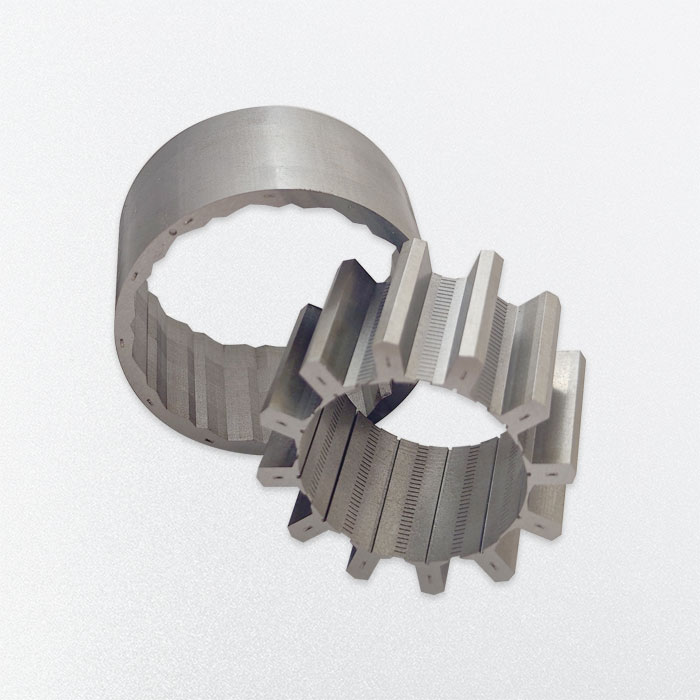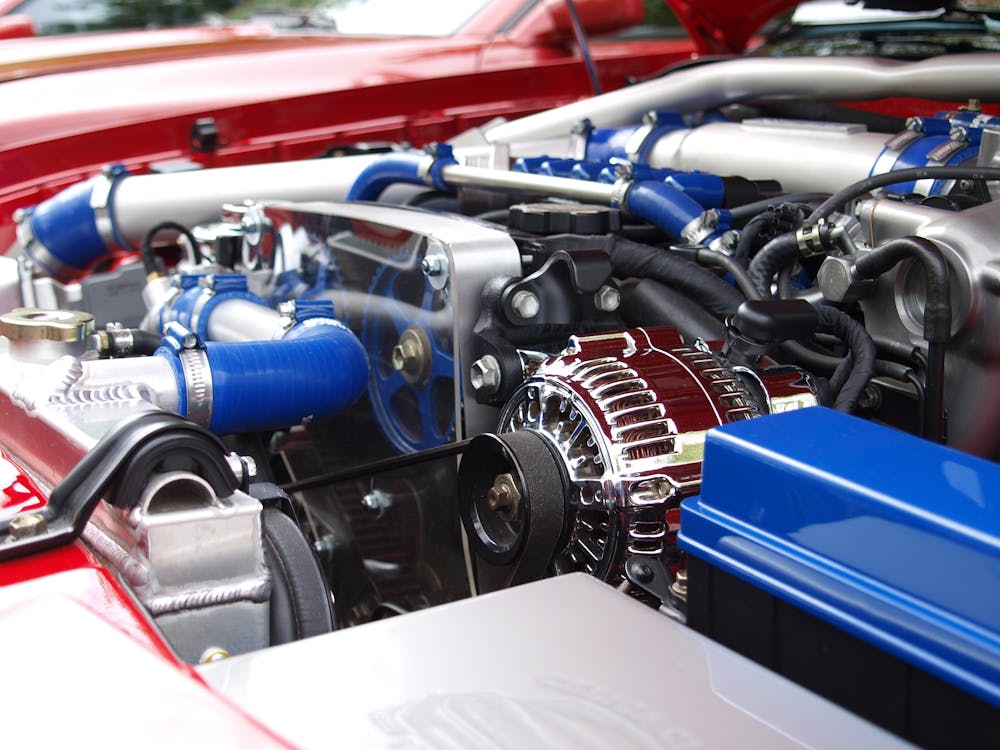The Nissan X-Trail has been a popular SUV here in Australia for many years now. Aussies tend to like unpretentious cars that suit their roles well and have excellent reliability. The new Nissan X-Trail 2019 models fulfill this promise and continue the well deserved reputation that this SUV has here. However, familiarity can breed contempt, the SUV market here is hotly contested, and it’s all too easy for a familiar SUV like the X-Trail to fall by the wayside as people have their heads turned by new releases. In order to redress the balance, we have put together a list of eight key X-Trail facts that you may not know. Let’s get started.
The Nissan X-Trail Variants
In order to appeal to the widest Aussie demographic possible Nissan decided to release a number of variants here to choose from. Overall there are twelve different variants available for sale here and detailing them here would be impossible given the space constraints. Suffice to say; there are 2WD and 4WD options available with a choice of five or seven true seats for larger families or those that have a big circle of friends. Both petrol and diesel engines are available, and the gearbox can be a Continuously Variable Transmission (CVT) or a manual for those that enjoy more gear shifting engagement.
- The New Design Ethos
The original Nissan X-Trail had a very utilitarian design, and the epithet “boxy” would not be too far off the mark. This design was fine for the time, but over the years it aged terribly and it made the X-Trail look out of date compared to the up and coming competition. Nissan recognised this problem, and they carried out a full facelift in 2014 to make the X-Trail curvier and more approachable. The latest X-Trail carries on this design ethos further with an even more sophisticated and sleeker design that’s sure to turn a few heads.
- The X-Trail ST 4WD
The Nissan X-Trail ST 4WD is very modestly priced given its extensive specification. For many drivers that need a genuine SUV for soft roading and limited off roading this model is the sweet spot in the entire range. This is an excellent mid sized crossover, but sadly it’s only currently available with the CVT gearbox. However, despite this, the X-Trail ST 4WD is a great crossover for those touring trips down the beach or for traversing dusty trails and forest roads.
- Divide N Hide
The new Nissan X-Trail models all have the latest Divide N Hide configurable cargo system that has to be seen to be believed. This clever system allows the driver to raise the boot floor and use a pair of split hidden compartments for storage. This is a fantastic way to store more valuable items out of sight when your X-Trail is parked. The boot space on the X-Trail is already a generous 550L with the rear seat bench upright. If you need more cargo space simply fold the rear seats flat and the cargo space increases to a cavernous 1,520L. This is more than enough for those trips to the recycling centre or to pick up that furniture you needed from IKEA. The X-Trail makes a great ad hoc van when the situation calls for it and expect your friend to be asking for moving help.
- The Petrol Engine
The Nissan X-Trail range has a 2.5 litre petrol engine that generates 126kW of power to deliver to the 2WD or 4WD. This may seem underpowered for an SUV, but it is ideal for a crossover, and you will have no problems unless you venture far off road. However, the main concern would be the paltry 226 Nm of torque available. This is more than adequate for driving in town, out on the highway and on a soft roading surface. But, if you need a vehicle that can tow a trailer or a caravan this amount of torque will not cut it out on the road. If you need a good towing vehicle, a high torque range is essential, and if that is a real concern, then you will have to look elsewhere.
- Fuel Consumption
As a mid sized crossover, it’s not likely that you would expect the X-Trail to have decent fuel consumption figures. However, they are not too bad, Nissan claims a fuel efficiency of 8.3L/100km using a combined urban, suburban, and highway test cycle. However, independent reviewers have stated that the actual fuel consumption figure is closer to 9.3L/100km combined. This is still fine, this is after all a large vehicle, and these fuel consumption figures are well in line with the competition.
- The Cloth Trim Levels
All of the entry level Nissan X-Trail models come with an attractive cloth trim on the seats that’s comfortable and nice to look at. Sadly, this cloth trim isn’t very child resistant, and parents have reported staining on their seats that are extremely hard to remove. Obviously, if you don’t have or you don’t intend to have kids, then this is not a problem. For people with children, there are two options; first you could invest in some seat covers to protect the cloth and your investment. Secondly, an upgrade to a model above the base model will add leather seats, and these are easy to wipe clean.
- True Off Roading Roots
Nissan has deep off roading roots, and even though the X-Trail is more of a crossover for soft roading, this heritage remains. A clear example of this on the 4WD models only is the selection of 2WD or 4WD. In many other cars, this crucial decision is left to an electronic nanny that makes arbitrary changes with little to no input from the driver. When you venture off road in the X-Trail this decision is entirely in your hands, and the driver is truly in control.











:max_bytes(150000):strip_icc()/GettyImages-522272311-5949bdc15f9b58d58a035319.jpg)
